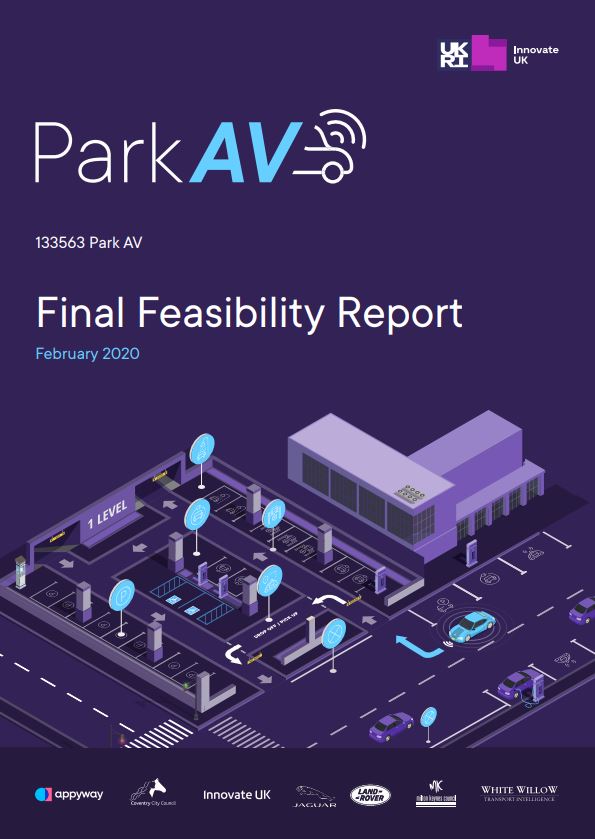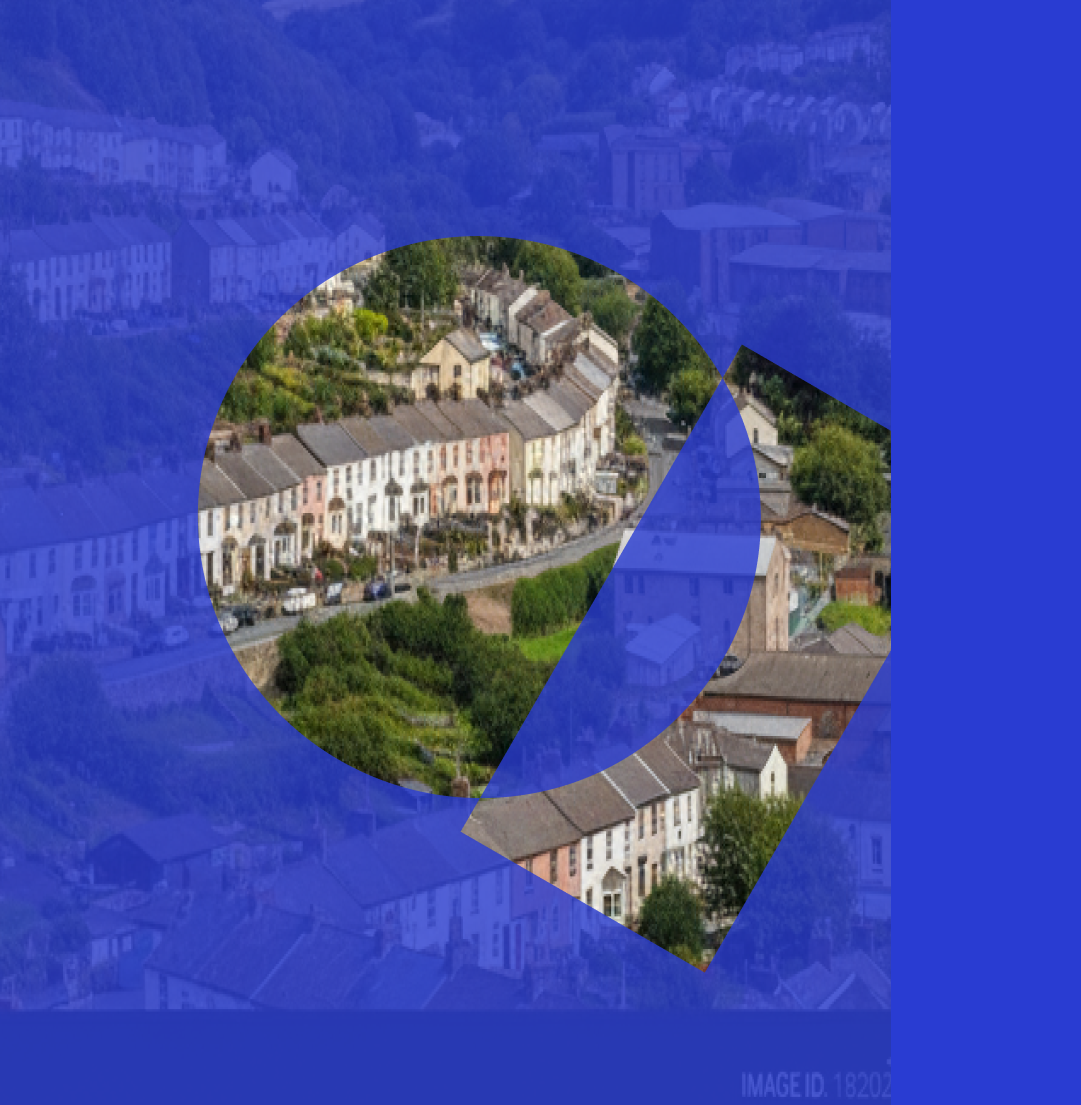Let’s face it, entering a multi-story car park with poor air quality, walking across car parks with moving traffic and even parking in general, is not the most exciting part of or even the reason for our travel. Especially in towns and cities underserved by public transport and other modes, you might consider parking a necessary evil for access to places of interest.
So why is parking still a thing? Well, automated driving is taking a little longer to reach us all than the first hype implied. While we all recognise we must drive less, reduce emissions and think about resources more sustainably, we do however still need access, access to all sorts of different locations to which we carry things, charge things, store things and deliver things. That’s why our project, ParkAV took a consumer look at parking today, the opportunity to improve the service and then a detailed look at the opportunity to fix parking over a 10 year period, making full use of new services and modes of travel while making parking forgettable for consumers.
The project, funded by Innovate UK, was also recognised as a key piece of connected vehicle integration improving the self-sufficiency of vehicles in our cities and also preparing for more automated systems of the future being able to buy access across both on and off street locations, joining up with a control system backed by the cities key performance indicators on clean air and congestion. EV charging was also a consideration, where, when and for how long are vital questions to fleet and logistic vehicles. These complex, supply and demand models have also been considered and over laid to the complex world of parking.
As mentioned in my article last year, we felt strongly that very few people care about parking enough to enjoy a good multi-story layout for example, so key to the research was to help separate the consumer from parking altogether, keeping them safer and replace the existing experience with service, better access and better value.
As a basic concept ParkAV looks at 3 themes:
- Today as storage but over time, time for service collection like EV charging, monetising assets in new services
- The distance between the consumer’s chosen destination and parking becomes further apart thanks to driven services or automation, moving away from a consumer’s need to enter a parking facility at all.
- The business and data models to create a seamless, invisible customer experience while providing support to help cities thrive.
Let’s tell a story, meet Lucas. Lucas demands “mobility”, an AV, to get him and his housemate to the comedy club by 7pm. He then wants the AV to bring them both home again before midnight by picking him up after the show. Outside of those tasks Lucas’ interest in the AV ends. Lucas’ car, service provider or even city, however, has a fantastically complex task on its hands though, getting Lucas to where he needs to go, quickly and efficiently whist constantly reviewing:
- Navigation to the venue
- Location of available parking
- Location of cheapest and nearest parking
- Location of EV charging services
- Location of cleaning services
- City based variables such as current pollution levels and congestion
- Whether private trips are allowed or shared mobility only
- Location of available storage when the AV is empty
- Payment and data flow for all of the above

Regardless of the level of automation, vehicles move to all of these places already, with the exception perhaps the joining up to other fleet services though that is possible too thanks to the great work from Tomorrow’s Journey, Car&Away and Turo amongst others.
ParkAV took scenarios like the above and a great many other complexities into account to build a business model and a data exchange that enabled Lucas to pay for his mobility, seamlessly, and with little to no knowledge that his payment was directed to the appropriate players who supported the trip. The energy provider, the storage provider, the team that cleaned the car, the congestion fee, the parking charges, the VAT differences between services like on street and off-street parking, are all accommodated for. Variables such as the dynamic parking charge for the trip and, air pollution and congestion can also be taken into consideration and affect the cost and route of the journey.
Together with JLR, Milton Keynes Council, Coventry City Council, and WhiteWillow consultants we answer much of this and more. Though the world is not quite ready for forgettable parking we do think we have a solution that can help cities thrive and get Lucas home by midnight.
Please do not hesitate to get in touch with us today should you wish to know more about the findings of the ParkAV project.
Or why not read the ParkAV Executive Summary? Fill in the form below to access the summary.


![[Infographic] Preparing the world to Make Parking Forgettable™](https://appyway.com/wp-content/uploads/2020/04/parkav-lucas-use-case-bloag-header-100.jpg)



